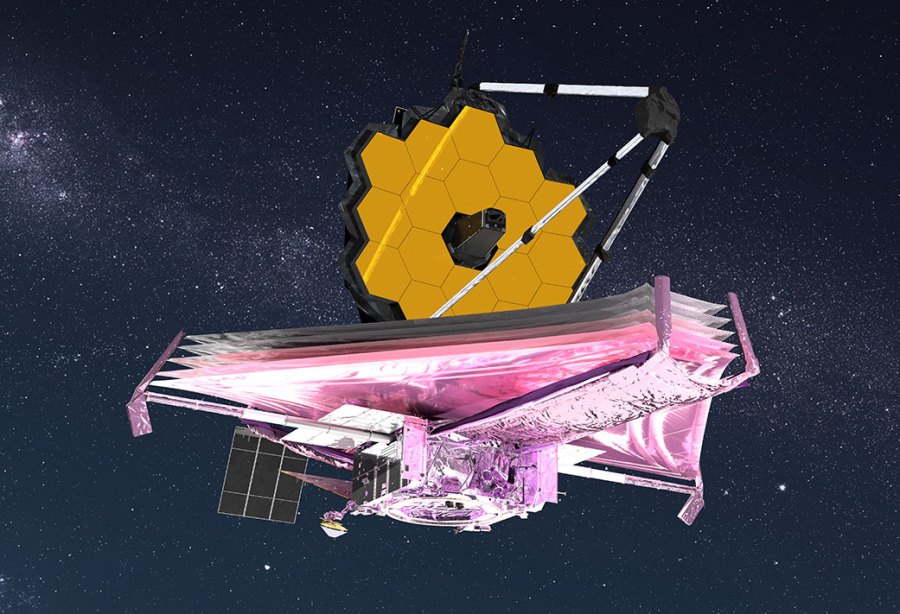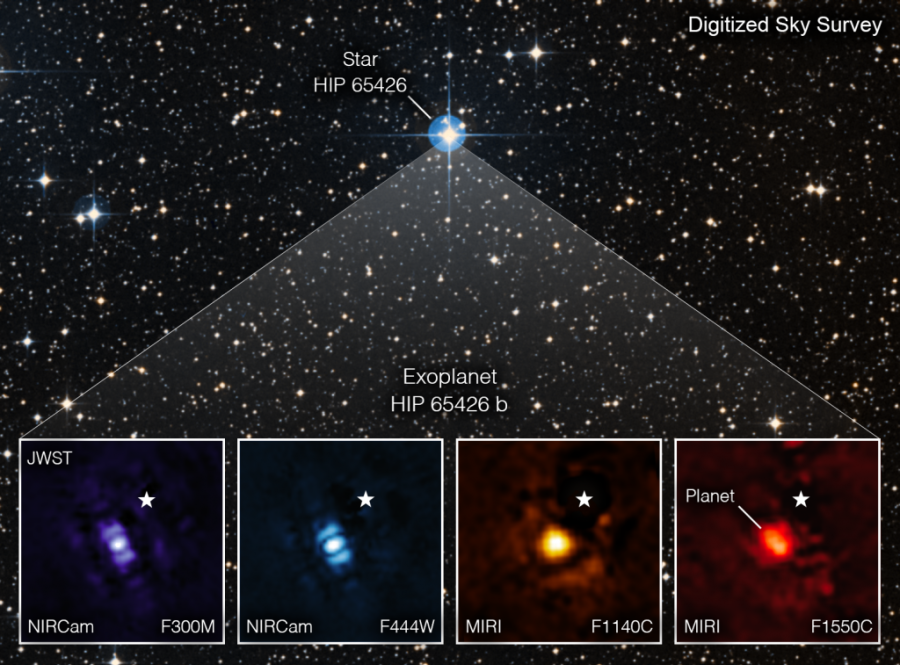The James Webb Space Telescope's Mid-Infrared Instrument (MIRI) has four observing modes. On Aug. 24, a mechanism that supports one of these modes, known as medium-resolution spectroscopy (MRS), exhibited what appears to be increased friction during setup for a science observation. This mechanism is a grating wheel that allows scientists to select between short, medium, and longer wavelengths …
Mid-Infrared Instrument Operations Update





























